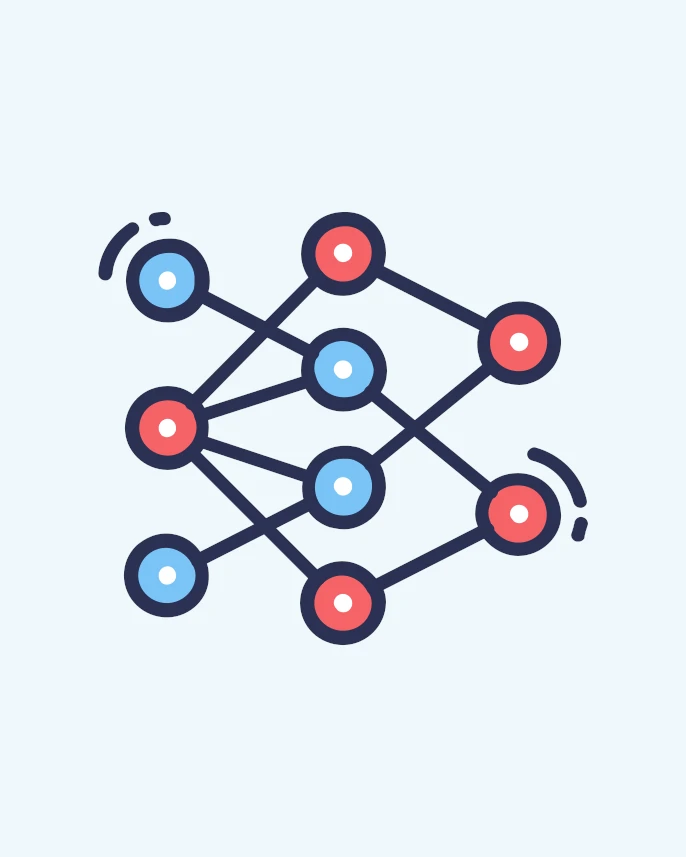For starters, neural networks are a subset of machine learning, which is basically a neural network with three or more layers. These networks attempt to simulate the behavior of the human brain—allowing it to “learn” from large amounts of data. While a neural network with a single layer can still make approximate predictions, additional hidden layers can help to optimize and refine for accuracy.
How Neural Networks Work
Neural networks are comprised of layers of nodes, very much akin to neurons in the human brain. Data enters from the input layer, and then it’s processed in hidden layers using weights that are adjusted during training. Finally, an output layer produces the prediction or classification.
For example, imagine you are trying to predict housing prices. The input layer might consist of information like square footage, number of bedrooms, and location. The neural network processes this data through its hidden layers, with each layer considering different combinations of these features and adjusting weights based on training data. The output layer will give you the predicted price.
Applications of Neural Networks
What’s really exciting is how neural networks are applied in various fields. For instance, in image recognition, they can identify objects, people, and even handwriting. They’re a crucial component of facial recognition technology.
In healthcare, they can be used for diagnosing diseases and predicting health trends. Let’s take diabetic retinopathy as an example. Neural networks can process thousands of retinal images to learn the patterns which signify the early stages of the disease.
Another noteworthy application is in the finance sector for credit scoring and algorithmic trading. For example, these networks can be used to predict stock prices by analyzing a multitude of factors such as historical prices, trading volumes, and company financial data.
Benefits of Using Neural Networks
1. High Accuracy Neural networks can achieve surprisingly high accuracy, sometimes surpassing human performance. Especially in image and speech recognition tasks.
2. Processing Unstructured Data They are excellent at handling unstructured data, be it text, images, or sound. For example, these networks are widely used in NLP (Natural Language Processing) to process human language.
3. Adaptability These networks learn and improve from experience. The more data they are exposed to, the better they become.
4. Parallel Processing Neural networks can perform more than one task at a time. For instance, it can predict the weather while recognizing speech.
5. Fault Tolerance Lastly, these networks are highly resilient to errors. A neural network with multiple nodes can still operate even if some nodes fail.
Wrapping it Up
In conclusion, neural networks represent a monumental leap in the capabilities of artificial intelligence. From recognizing faces to diagnosing diseases, they are a powerful tool. Though they demand a high volume of data and substantial computing power, the benefits they offer in terms of accuracy and efficiency are immeasurable. The potential applications for neural networks are vast and still unfolding. As we move forward, we can expect it to become an even more integral part of the technological landscape.
More information awaits at TechBuzz.
